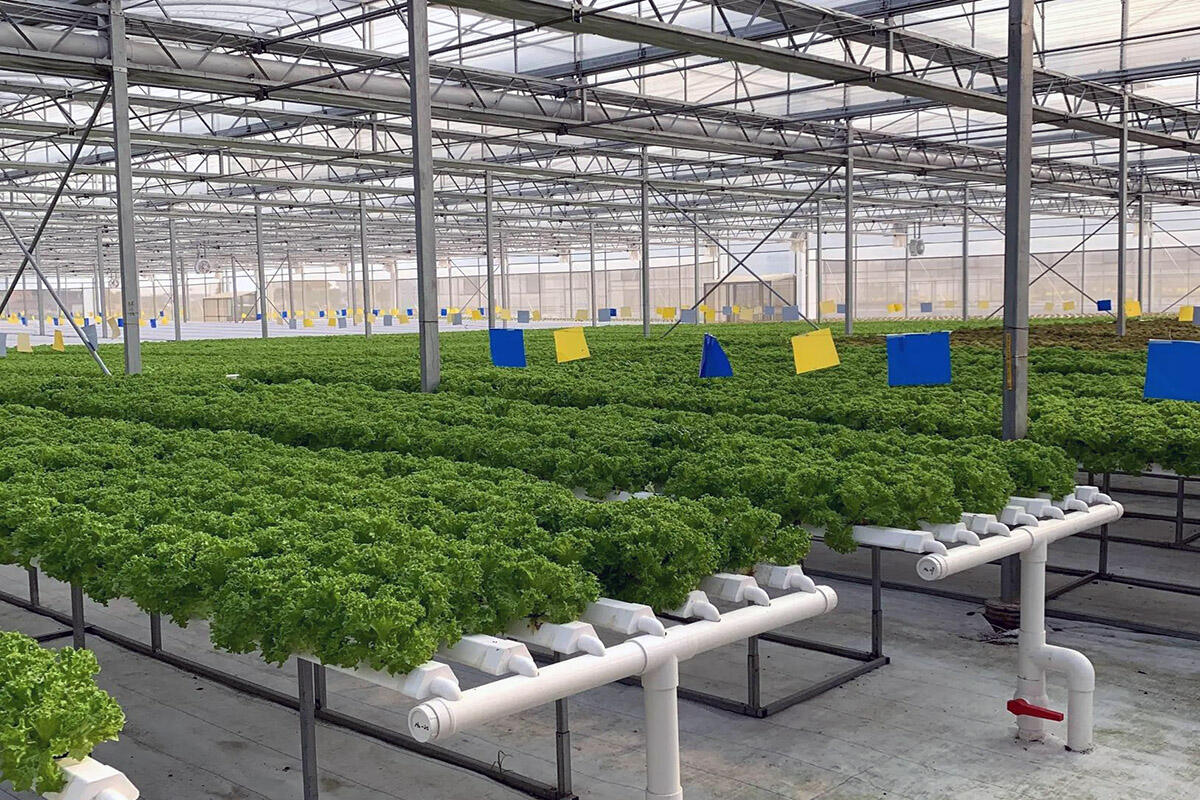Introduction: The Allure of Hydroponics
In recent years, hydroponics has emerged as a captivating and revolutionary approach to growing food at home, captivating the attention of gardening enthusiasts and urban dwellers alike. This innovative method breaks free from the traditional reliance on soil, instead immersing plant roots in a carefully balanced nutrient-rich water solution. With hydroponics, even those confined to small apartments or lacking extensive outdoor space can now experience the joy of cultivating fresh, vibrant greens right on their kitchen counters. In this blog post, we will embark on a detailed exploration of how hydroponics functions, delve into its most significant advantages, and uncover the reasons why this method has the potential to reshape the world of gardening indefinitely.
The Roots and Evolution of Hydroponics
At its core, hydroponics is a soil - free technique for growing plants in a nutrient - dense water solution. Although the concept may seem modern, its roots can be traced back thousands of years. The ancient Babylonian Hanging Gardens, one of the Seven Wonders of the World, and the Aztec chinampas, floating gardens on the waterways of Lake Texcoco, both utilized similar principles to support plant growth. In these early examples, plants dangled their roots in water - rich environments, allowing for efficient nutrient uptake and rapid growth. Fast forward to today, and technological advancements have made hydroponics more accessible than ever. Low - cost sensors can now precisely monitor the pH levels, nutrient concentrations, and temperature of the water solution, while energy - efficient LED lamps provide the ideal spectrum of light for photosynthesis. These innovations have enabled hydroponics setups to flourish not only in large - scale, tech - driven greenhouses but also in humble backyards and cozy kitchen corners, meeting the growing demand for cleaner, fresher food. By eliminating soil, hydroponics streamlines the growing process. Plants no longer have to expend energy searching for nutrients through the soil matrix, resulting in faster growth rates and significantly higher yields. In fact, studies have shown that hydroponically grown plants can reach maturity up to 30% faster and produce up to 50% more harvest compared to their soil - grown counterparts.
Unparalleled Water Conservation
One of the most remarkable advantages of hydroponics is its exceptional water - conservation capabilities. Traditional soil - based gardening is notoriously water - intensive. A significant portion of the water applied to the soil is lost through evaporation, runoff, and deep percolation, with only a fraction actually being absorbed by the plants. In contrast, hydroponic systems operate on a closed - loop principle, recycling and reusing water continuously. For instance, consider a row of tomato plants. Those planted in ordinary soil can consume up to 90% more water than the same number of tomato plants grown in a hydroponic bench. The hydroponic bench recirculates the water, filtering and replenishing the nutrient solution as needed, ensuring that almost no water goes to waste. This not only saves money on water bills but also eases the strain on local water resources, making it an environmentally friendly choice. In arid regions or areas facing water scarcity, the water - saving benefits of hydroponics are particularly crucial. It allows communities to maintain a steady supply of fresh produce without overtaxing their limited water supplies, treating each drop of water as a precious resource.
Year - Round Cultivation: Breaking Free from Seasonal Constraints
Hydroponics also offers the incredible advantage of year - round growing, regardless of the unpredictable whims of the weather outside. In a climate - controlled indoor hydroponic setup, seedlings are shielded from harsh winter freezes and sweltering summer heat. While outdoor gardens may lie dormant under a blanket of snow or wilt in the scorching sun, hydroponic plants continue to thrive and grow steadily. This consistent production not only enhances local food security but also expands the range of crops that can be cultivated. For example, in regions with short growing seasons, hydroponics enables the cultivation of warm - season crops like tomatoes, cucumbers, and peppers throughout the year. It also allows for the growth of exotic or delicate plants that would otherwise struggle to survive in certain climates. Whether you're a weekend gardener dreaming of growing fresh basil in the dead of winter or a commercial grower aiming to supply local markets with out - of - season produce, hydroponics opens up a world of possibilities.
Reducing Pests and Diseases: A Cleaner Growing Environment
Another significant benefit of soil - free hydroponic systems is the drastic reduction in pests and diseases. Soil is a common breeding ground for a wide variety of pests, such as root maggots, fungus gnats, and nematodes. Without soil, these troublesome insects lose their habitat and breeding grounds, effectively disappearing from the growing environment. Additionally, the controlled nature of hydroponic grow rooms, with their sealed environments and filtered air, acts as a barrier against airborne germs and pathogens. This results in healthier plants that require minimal, if any, chemical pesticides. Hydroponically grown produce is not only safer for consumers but also more environmentally friendly, as it reduces the use of harmful chemicals that can contaminate soil, water, and the air.
Hydroponics: The Future of Farming
As consumer demand for fresh, locally sourced food continues to surge, hydroponics is well - positioned to become the driving force behind the next generation of farming. The development of new, user - friendly equipment, such as compact gear boxes, space - saving vertical racks, and easy - to - use plug - and - play sensors, has made hydroponics more accessible and affordable than ever. These innovations have lowered the barriers to entry, allowing anyone with a spare bedroom, a small balcony, or even a large city warehouse to start growing their own food. Moreover, educational initiatives in schools, community centers, and makerspaces are actively promoting hydroponics. Hands - on classes, pop - up demonstrations, and community gardening projects are introducing people of all ages and backgrounds to the wonders of soil - free gardening, inviting them to embrace this modern and sustainable approach.
Conclusion: Embracing the Hydroponic Revolution
So, is hydroponics just another passing trend? Far from it. It is a smart and practical gardening solution that eliminates many of the traditional challenges associated with soil - based gardening. With its water - saving efficiency, year - round growing potential, and reduced reliance on chemicals, hydroponics represents a greener, more sustainable future for gardening. As technology continues to evolve at a rapid pace, we can expect to see even more innovative hydroponic systems popping up in homes, offices, and commercial farms around the world. By giving hydroponics a try, we not only get to enjoy the delicious rewards of home - grown, fresh produce but also contribute to a more sustainable and environmentally friendly food chain. So, why not roll up your sleeves, set up a hydroponic system, and experience the joy of growing your own food in a whole new way?
Table of Contents
- Introduction: The Allure of Hydroponics
- The Roots and Evolution of Hydroponics
- Unparalleled Water Conservation
- Year - Round Cultivation: Breaking Free from Seasonal Constraints
- Reducing Pests and Diseases: A Cleaner Growing Environment
- Hydroponics: The Future of Farming
- Conclusion: Embracing the Hydroponic Revolution


